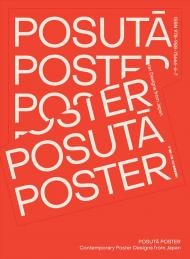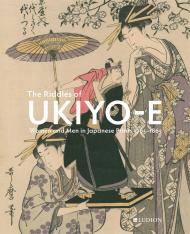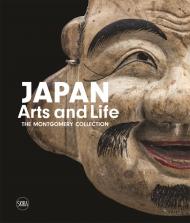Вичерпний огляд та найцінніший ресурс щодо культових будинків, спроектованих архітекторами, побудованих у Японії з 1945 року до теперішнього часу.
Уявіть собі терасований будинок, внутрішній двір якого відділяє кухню від спальні. Або крихітну трикутну вежу з кімнат, розташованих одна над одною. Химерні, експериментальні та надзвичайно захопливі будинки, побудовані в Японії після закінчення Другої світової війни, є одними з найвинятковіших у світі. «Японський будинок з 1945 року» – це цілісний хронологічний огляд найпереконливіших японських будинків, спроектованих архітекторами, що демонструє розвиток форми, матеріалів, архітектурного вираження та сімейного життя протягом майже восьми десятиліть.
Багато японських будинків, неперевершених своєю концептуальною чистотою, стали культовими як вдома, так і за кордоном. Представлена чіткою прозою та супроводжувана захопливими фотографіями та малюнками, ця книга містить 97 будинків, розділених на дев'ять розділів та організованих за десятиліттями. Окрім знайомства читача з окремими будинками, книга висвітлює соціальні, технологічні, географічні та історичні фактори, що стоять за цими будинками, що визначали епоху. Розвиток протягом періоду підкреслюється візуальною презентацією, яка переходить від монохромного до кольорового та від малюнків від руки до цифрового. Вступні слова до десятиліть встановлюють історичний контекст для кожного розділу, тоді як сегменти «У центрі уваги» привертають увагу до окремих компонентів японського будинку. Розділи «Вдома», більшість з яких написані архітекторами та членами їхніх сімей, оживляють досвід проживання в цих унікальних будинках.
Про автора:
Наомі Поллок — американська архітекторка, журналістка та письменниця. Вона живе в Японії з 1980-х років, пишучи про архітектуру для міжнародних журналів. Спеціальний міжнародний кореспондент Architectural Record, вона написала низку книг про японські будинки та архітекторів і є авторкою книги Japanese Design Since 1945, також виданої Thames & Hudson.














